Description
James Knight
Was Recognized was a distinguished anthropologist. He dove with Ben Waller and consulted with Ripley Bullen. He was among the earliest (50 years ago) Archeological divers in fla. This item was in his personal collection
This is a very well made point it is small but perfect. Description of Physical Characteristics and Flaking Pattern:
This is a triangular small to medium side notch point with a flattened to elliptical cross section. The blade is primarily straight, but may vary from excurvate or incurvate and recurvate in re-sharpened examples. The most blades have serrations. The blade have beveling on one blade on each face. The shoulder may range from horizontal to barbed. The stem may vary from expanding to expanded. The base is convex. Basal grinding may be seen on this point. This point has a random flaking pattern.
Ripley Bullen identified five variants of the Bolen type point. The Bolen Type 1 is a side notched point with a straight base. This point is similar to the Big Sandy point, but is found in association with other Bolen style points. The Bolen Type 2 is similar to the Type 1, but has a convex base. The Bolen Type 3 is similar to a Kirk Corner Notch, but the stem is longer than is commonly seen on a Kirk type point. The Bolen Type 5 has a large square notch. This is the Expanded Notch type which is formed by flake removal from bit the top and the bottom of the notch. Other variants not identified by Bullen, but commonly used are the Bolen E Notch which is the Expanded Notch, but with a protrusion when the top and bottom flak met at the center of the notch. The Bolen Ace which is a re-sharpened type 2 which is not beveled and has an convex base giving the point an “Ace of Shapes” appearance. The last variant is the Bolen Recurvate which has a base that is recurvate having a center concave and the base rounding up at the basal corners (Lloyd Schroder, 2013 W18). All subtypes may have a plain blade edge, or have a beveled edge. See Bolen for pictures of each type

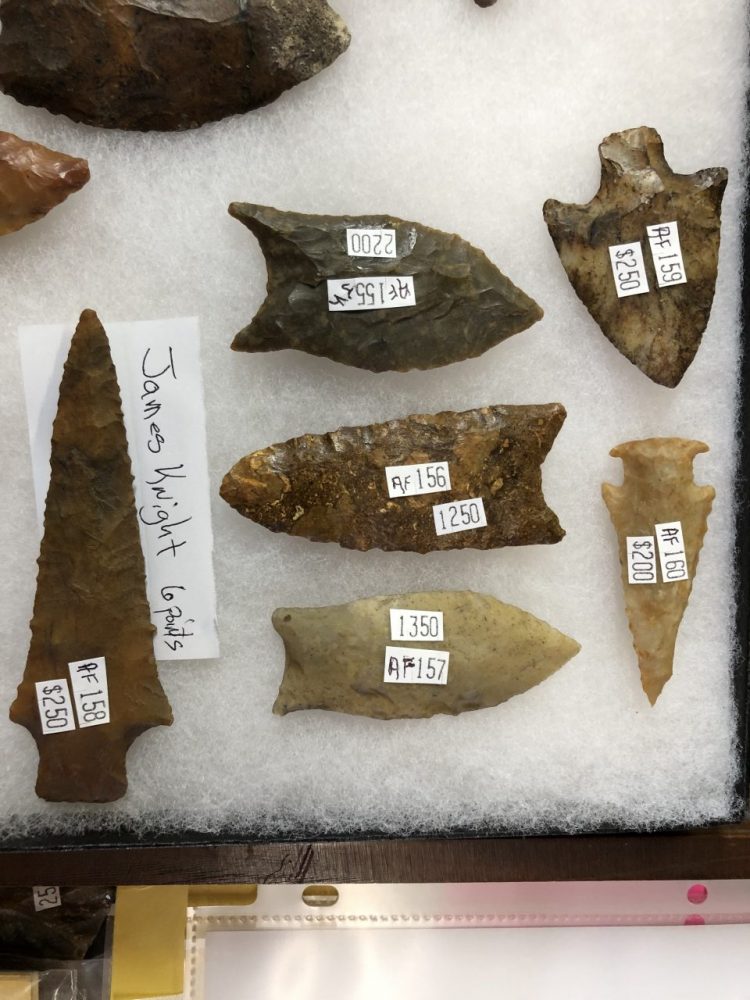
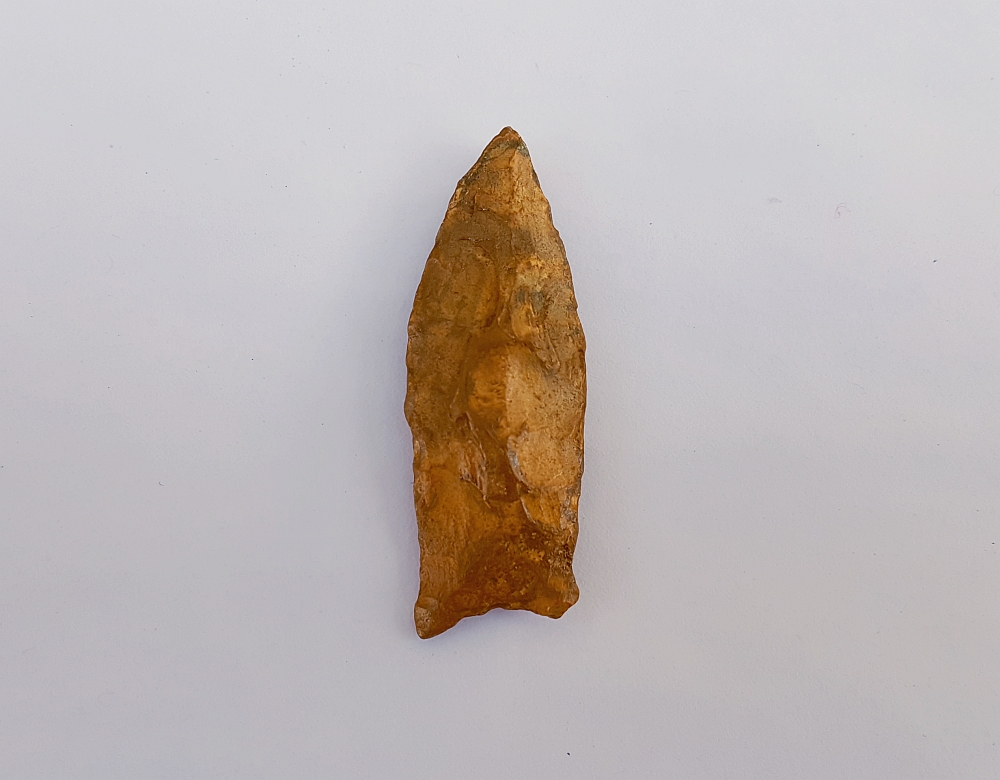
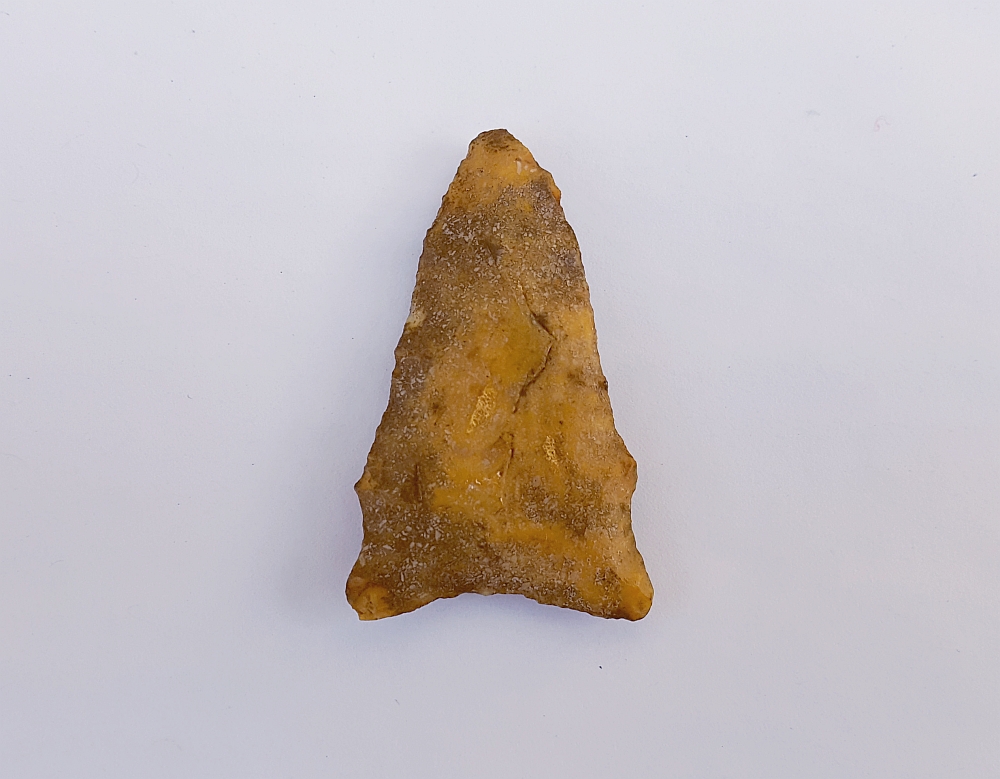
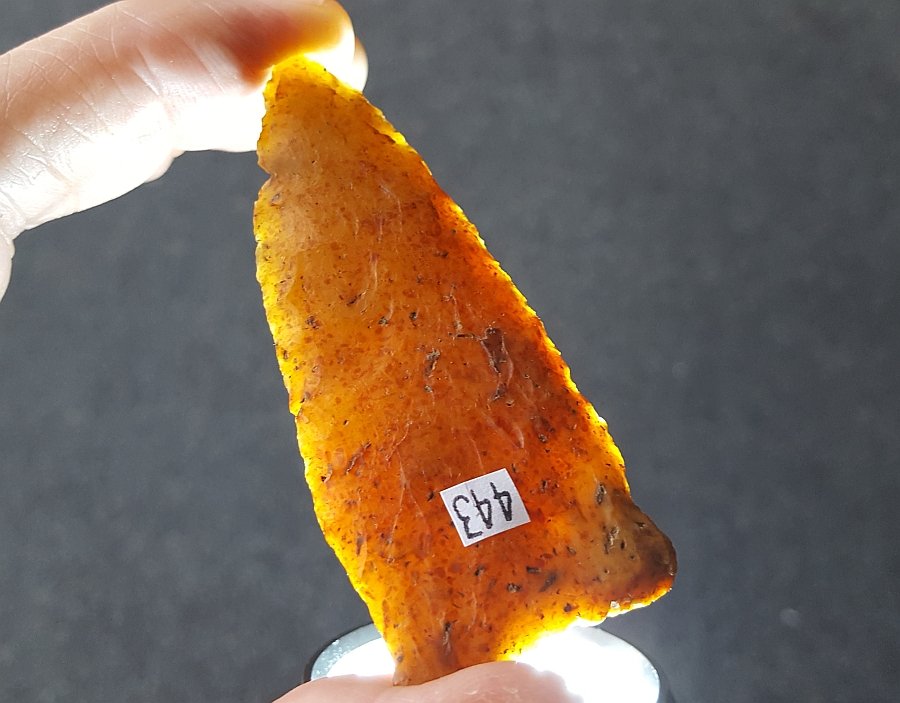
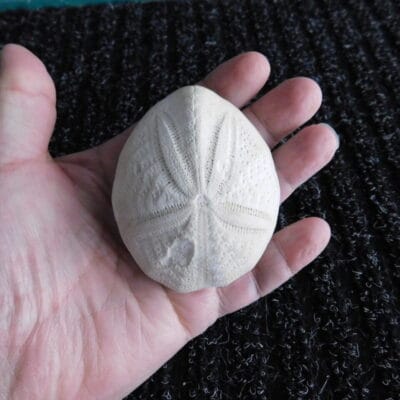
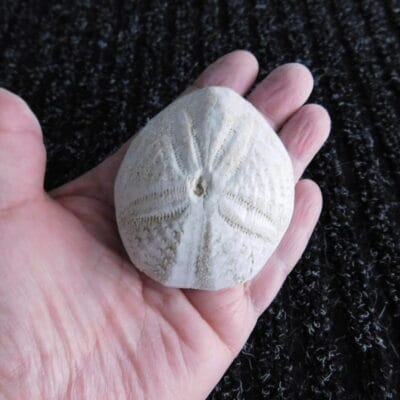
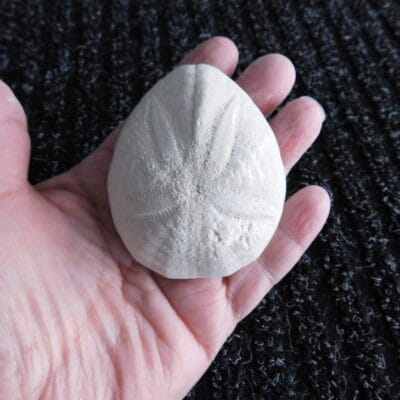
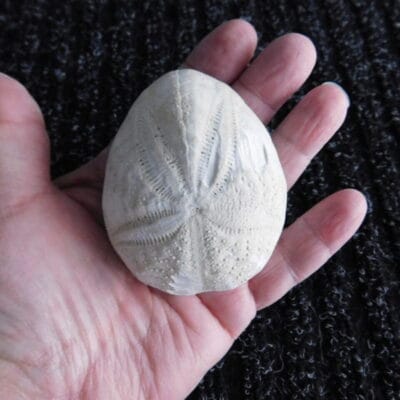
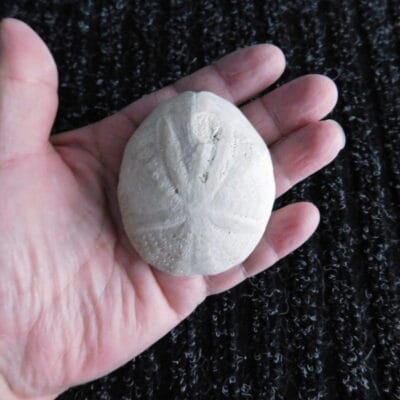
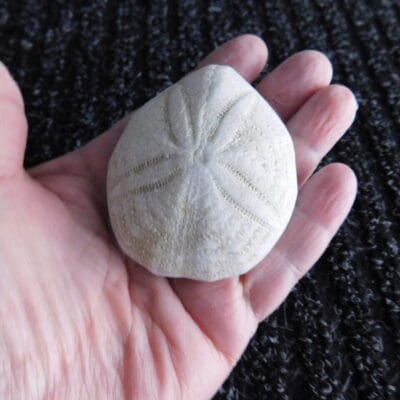
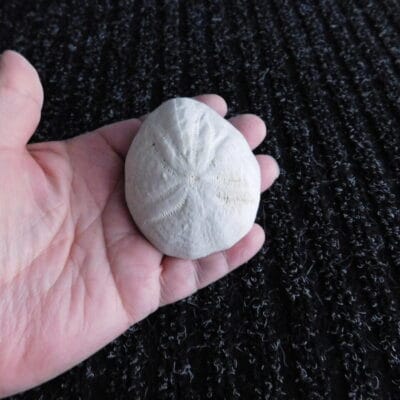
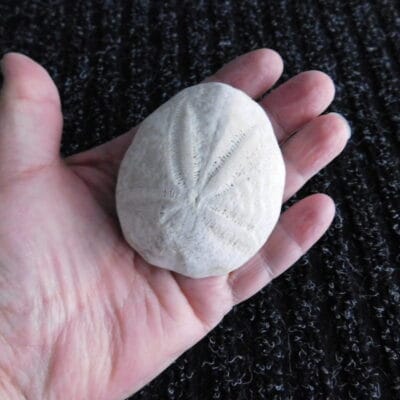
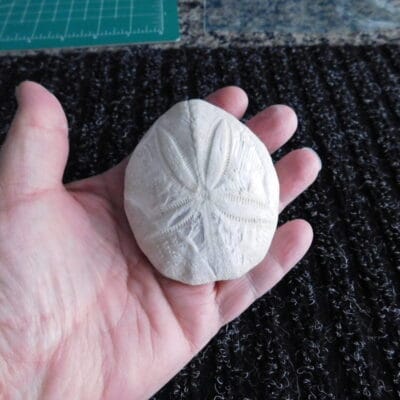
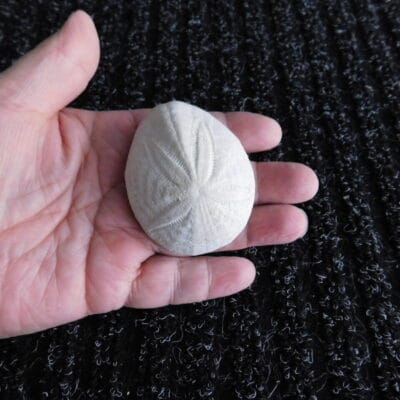
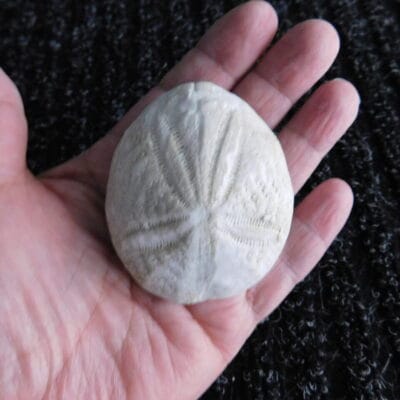
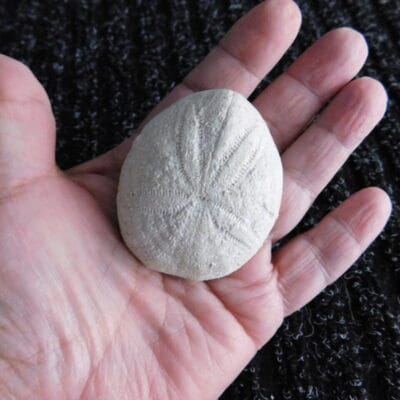
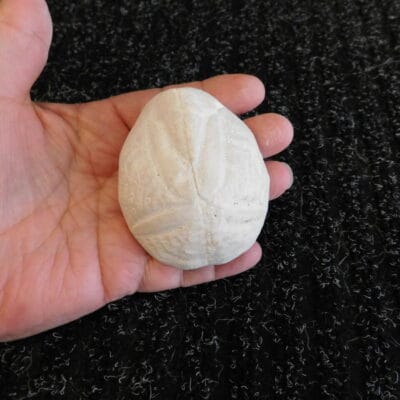
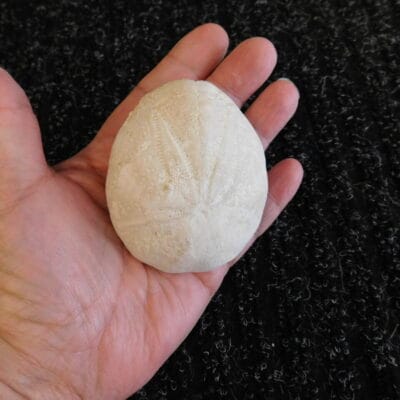
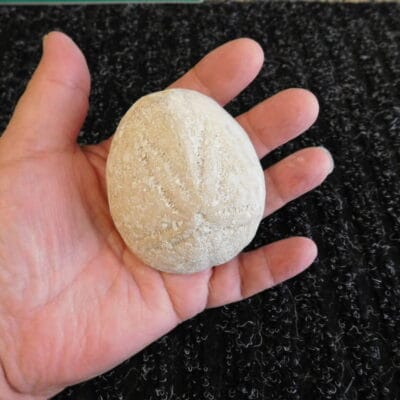
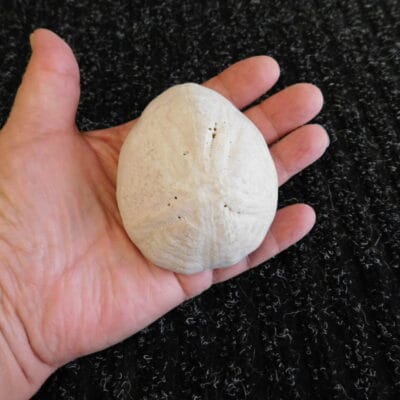
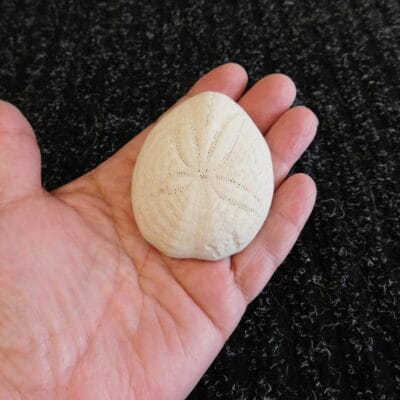

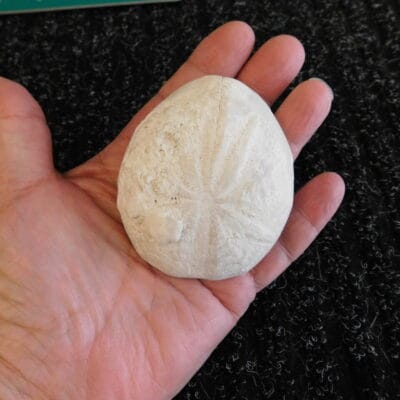
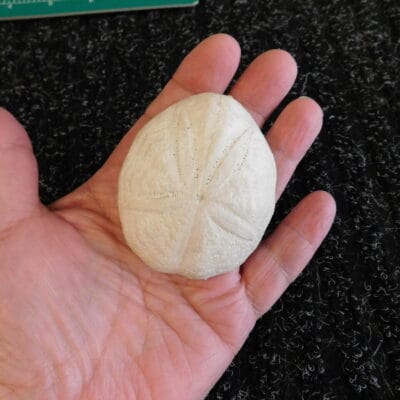
Reviews
There are no reviews yet.